Tomb found of ancient Chinese female ‘prime minister’
By Korea HeraldPublished : Sept. 16, 2013 - 20:17
BEIJING (AFP) ― Archaeologists have discovered the tomb of a 7th-century female politician who was one of the most powerful women in China’s ancient history, local media said on Thursday.
Shangguan Wan’er ― who lived from 664 to 710 in the Tang dynasty ― was a trusted aide to China’s first empress Wu Zetian and is sometimes described as effectively her prime minister.
She married Wu’s son, while having relationships with both the ruler’s lover and her nephew.
As a sequence of murders, coups and affairs enveloped the dynasty, Shangguan Wan’er’s husband Li Xian briefly became emperor ― only to be killed by his senior wife, who took power herself.
She was deposed in turn by Li Longji, who killed both her and Shangguan Wan’er.
The site was discovered near an airport in Xianyang, in the northern province of Shaanxi, and confirmed by an inscription, China Radio International said on its website.
Pictures showed deep excavations of ochre-colored earth, arched passageways and a number of ceramic horses.
“The discovery of the tomb with the epitaph is of major significance in the study of the Tang Dynasty,” the China Daily said, citing a historian specializing in the era, Du Wenyu.
Shangguan Wan’er ― who lived from 664 to 710 in the Tang dynasty ― was a trusted aide to China’s first empress Wu Zetian and is sometimes described as effectively her prime minister.
She married Wu’s son, while having relationships with both the ruler’s lover and her nephew.
As a sequence of murders, coups and affairs enveloped the dynasty, Shangguan Wan’er’s husband Li Xian briefly became emperor ― only to be killed by his senior wife, who took power herself.
She was deposed in turn by Li Longji, who killed both her and Shangguan Wan’er.
The site was discovered near an airport in Xianyang, in the northern province of Shaanxi, and confirmed by an inscription, China Radio International said on its website.
Pictures showed deep excavations of ochre-colored earth, arched passageways and a number of ceramic horses.
“The discovery of the tomb with the epitaph is of major significance in the study of the Tang Dynasty,” the China Daily said, citing a historian specializing in the era, Du Wenyu.
-
Articles by Korea Herald




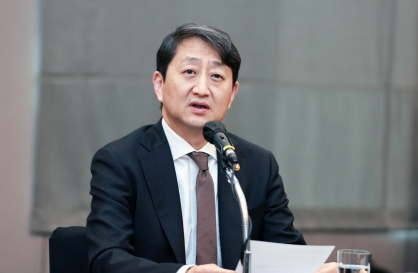
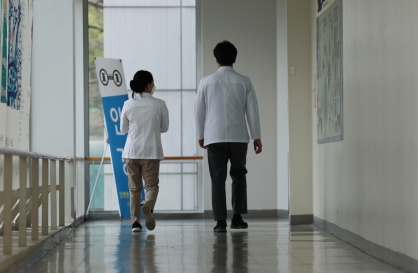


![[KH Explains] Can tech firms' AI alliances take on Nvidia?](http://res.heraldm.com/phpwas/restmb_idxmake.php?idx=644&simg=/content/image/2024/05/07/20240507050619_0.jpg&u=)

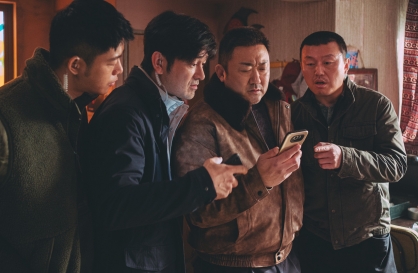
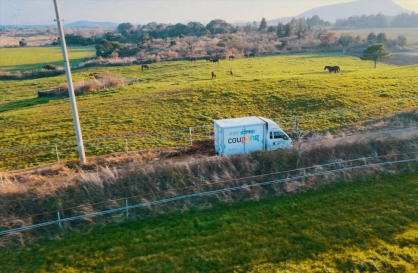


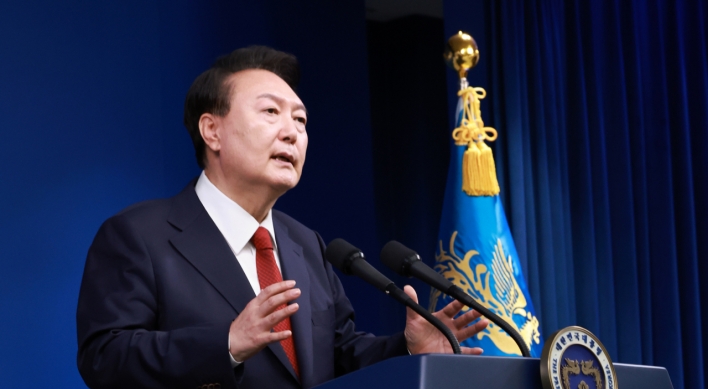



![[K-pop’s dilemma] Time, profit pressures work against originality](http://res.heraldm.com/phpwas/restmb_idxmake.php?idx=652&simg=/content/image/2024/05/08/20240508050705_0.jpg&u=20240508171126)
![[K-pop’s dilemma] Can K-pop break free from ‘fandom’ model?](http://res.heraldm.com/phpwas/restmb_idxmake.php?idx=642&simg=/content/image/2024/05/09/20240509050541_0.jpg&u=)